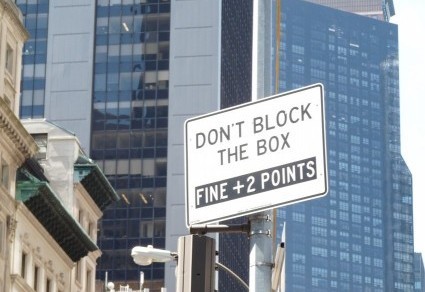Before or after you hit the trick-or-treat trail, take a minute to enjoy these holiday photos. This one comes from my friend Milton:

“Punking” seems perfectly suited to the “trick” part of the Halloween slogan, don’t you think?
Mary Shelley’s famous novel, Frankenstein, is also a good fit for this holiday. The Morgan Library has a fine exhibit celebrating the 200th anniversary of the monster, who, by the way, has no name and is actually much less monstrous than most of the human characters in the book. (Frankenstein is the name of the doctor who sewed body parts together and animated the creature.) I learned a lot from the exhibition, including this information about early theatrical performances of the classic work:

Leave it to Mary Shelley, inventive in so many ways, to add an apostrophe and the letter S to a row of hyphens to create a possessive form of “the unnameable.”
Once Halloween is over and you’re fighting sugar rush and paying dental bills, you might plan for another holiday, one that tends to be stressful. Show this sign — sent by my friends Pilar, Naomi, and Aracelly — to any of your unruly offspring:

“Behave or I’ll drop you off.” Simple but effective! But before your kids call Children’s Protective Services, be sure to explain that you’re just punking them.

 As far as I’m concerned, BOGO all you want. I once thought that the concept of “buy one get one” was an unnecessary statement of the standard deal between buyer and seller. But now I see that most BOGO-users are too busy surfing social media to add an “F,” for “free.” Or maybe they think that BOGOF sounds like a mediocre brand of caviar. I commend this sign-writer for specifying the terms of the deal, spelling out “buy one get one” for “50% Off,” though strictly speaking the sign should read “BOGAOF50%O” (buy one get another one for 50% off). I concede that such a sign resembles the kind of password people concoct and promptly forget. I will, however, raise an objection to “tight.” I prefer to cover both legs with “tights,” not just one with a “FREE tight.” And $75 is a little steep, don’t you think?
As far as I’m concerned, BOGO all you want. I once thought that the concept of “buy one get one” was an unnecessary statement of the standard deal between buyer and seller. But now I see that most BOGO-users are too busy surfing social media to add an “F,” for “free.” Or maybe they think that BOGOF sounds like a mediocre brand of caviar. I commend this sign-writer for specifying the terms of the deal, spelling out “buy one get one” for “50% Off,” though strictly speaking the sign should read “BOGAOF50%O” (buy one get another one for 50% off). I concede that such a sign resembles the kind of password people concoct and promptly forget. I will, however, raise an objection to “tight.” I prefer to cover both legs with “tights,” not just one with a “FREE tight.” And $75 is a little steep, don’t you think?





















 :
:





